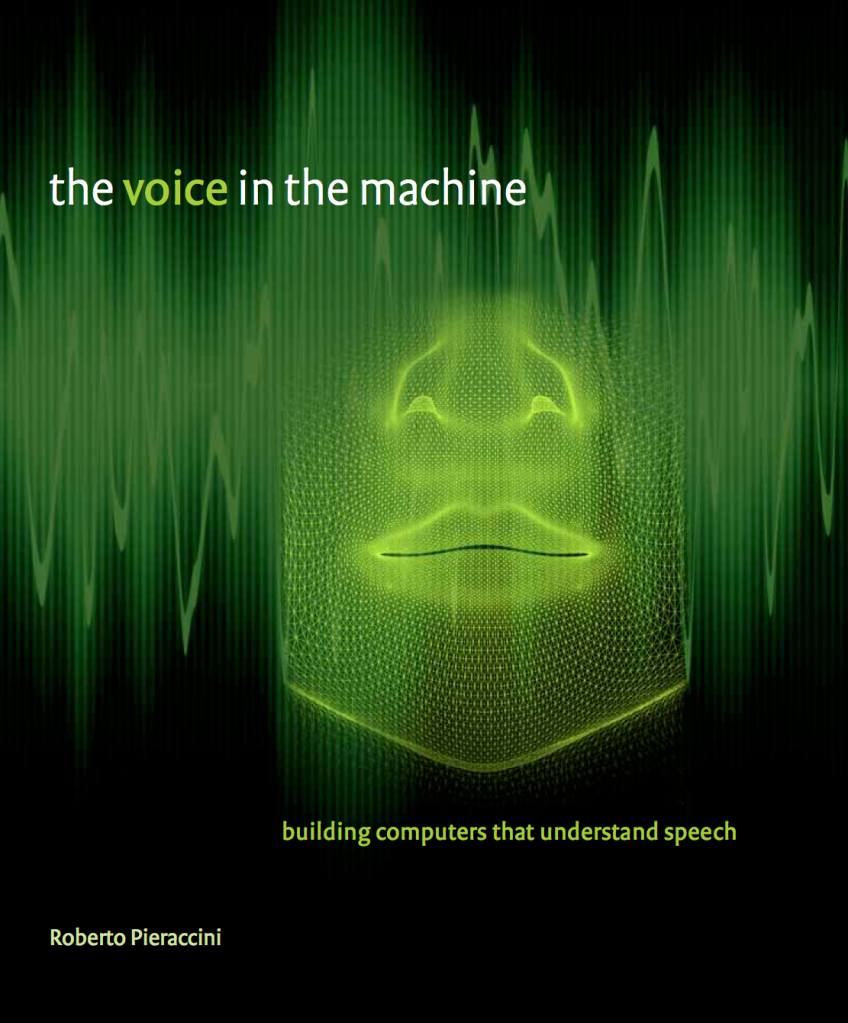-
Continue reading →: High Tech AND High Touch
Originally posted on Jibo Blog: Two of the most undeniable trends in our world today are the unprecedented aging demographics and the ever-increasing pace of technology innovation. In the past 100 years, we have added 30 years to average life expectancy and the 85+ age group is the fastest growing…
-
Continue reading →: We Are Robot
Originally posted on Jibo Blog: This blog also appeared on Forbes website. We are entering a new era of technological connectivity. We already have ‘smart products’ and ‘wearable devices’ and ‘the Internet of Things’. Now there are robots, too. Actually, this is not new either. Robots have been utilized in…
-
Continue reading →: Musings on Semantics
This is a re-posting of my editorial on the latest ICSI’s Newsletter. W. Brian Arthur, in his book The Nature of Technology: What It Is and How It Evolves, describes the evolution of technology as a combinatorial process. Each new technology consists in a combination of existing technologies that “beget…
-
Continue reading →: Open the pod bay doors … HAL
When astronaut Dave Bowman tries to go back to the mothership, HAL refuses to open the pod bay door with the calm and categorical “I am sorry Dave, I am afraid I can’t do that” famous line in one of the most dramatic scenes of the movie 2001 a Space Odyssey. Now,…
-
Continue reading →: Demystifying Speech Recognition … but not too much
I really appreciate when people try to give a simplified view of technology with the goal to let the general public understand what’s behind the hood, and how complex is, oftentimes, to make things works properly. That is the goal I had in mind when I embarked on the project of writing The Voice…
-
Continue reading →: The hard job of getting meanings
If I had to chose one of the areas of human-machine natural communication where we haven’t ben able to make any significant stride during the past decades, I would choose “general” language understanding. Don’t get me wrong. Language understanding per se has made huge steps ahead. IBM Watson‘s victory over Jeopardy! human…
-
Continue reading →: Apples and Oranges
There is a lot of talking about the performance of Apple’s Siri. An article appeared on the New York Times a few days ago brutally destroying Siri from the point of view of its performance, and others compare it with Google Voice Search. As a professional in the field, having followed Google Voice Search closely, knowing…
Hello,
Hello
Welcome to the voice in the machine blog. I started this blog about 12 years ago. right after the publication, with MIT Press, of my fist book, entitled exactly: The Voice in the Machine. That was my first book for a general audience, and wanted to give everyone a chance to understand the complexity of “building machines that understand speech”, starting from the first experiments at Bell Labs in the 1950s, up to Apple’s announcement of Siri.

Let’s connect
Join the fun!
Stay updated with our latest tutorials and ideas by joining our newsletter.


